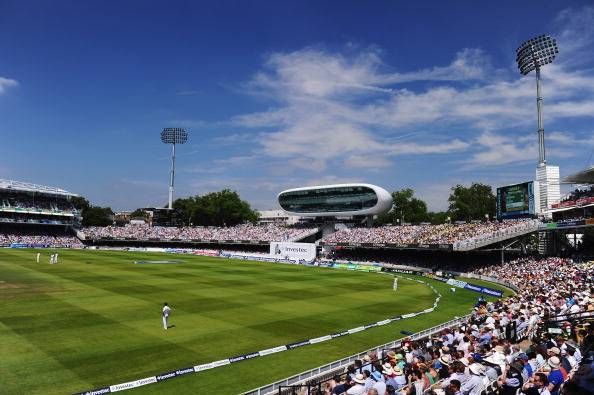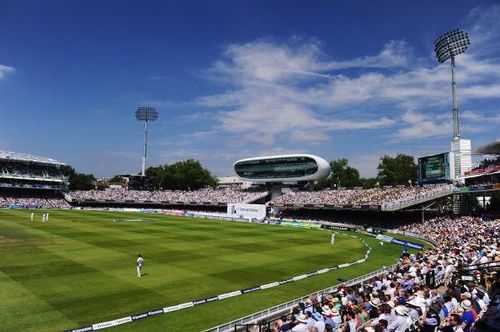
Celebrating the Home of Cricket

Every admirer of the game has heard endless tales about the most storied cricket ground in the world. Its iconic pavilion, its Long Room, its Honour Board, everything within it is a symbol of its charm and undying dignity. Its name itself establishes it as a place of reverence. Hailed as the Mecca of cricket, the Lord’s Cricket Ground has a grandeur as great as the game itself.
Third of the Lord’s grounds, it was established in 1814 as headquarter for the Marylebone Cricket Club. Named after its founder, Thomas Lord, the ground was meant to serve as host to all the important matches of that time. However, as the home ground of the club that governed the game, Lord’s, since its very inception, was destined for greatness.
Today, the Lord’s Cricket Ground remains every cricket admirer’s dream. Every cricketer considers playing at Lord’s the pinnacle of his/her career. Every cricket-lover hopes to set foot upon it at least once in their lifetime.
Even though the last two centuries have seen some bigger, perhaps more beautiful cricket grounds like The MCG, The Oval, Newlands (Cape Town), Lord’s stands alone in all its charm. Because it never became a modern cricket stadium. It remained the quintessential cricket ground.
And consequently, Lord’s became a physical embodiment of the game’s great traditions and rich history.
Its hallowed turf is where Glenn McGrath took his 8 for 38 vs. England, where Sir Don Bradman scored his 254, where Ian Botham performed his heroics. It’s the famed sloped turf on which every match is played with an awe-inspiring determination, players consciously aware of the history that envelopes them.
Its iconic pavilion, built in 1890, is the most distinguished structure in cricket. Today, the nearly unchanged Lord’s pavilion, in all its grandness, is a standing monument of the Victorian era when cricket was the game of the civilised society and Lord’s its very centre.
The pavilion also houses what has been called the ‘most evocative four walls in cricket’: the Long Room. Gilded with portraits of the game’s greatest legends, the Long Room presents the most culturally ornamented walk from the dressing room to the middle.
Then there is the Honour’s Board, where every batsman scoring a century and every bowler taking a 5-wicket haul at Lord’s is engraved in history. It is also an honour that evaded the greatest batsman and the greatest bowler of this generation: Sachin Tendulkar and Shane Warne.
And finally. It is home to the Ashes urn, the urn that started the greatest rivalry in cricket.
When surrounded with such a glorious, historical aura, even the modern Media Centre, the world’s first aluminium, semi-monocoque structure, blends in and becomes a part of history.
For a cricket fan, Lord’s then becomes the closest one can get to the game and its idols. From the Grace Gates and Old Father Time to the dressing room balconies, everything is a reminder of the richness of the game and all its fine moments. It is a dream to walk through those gates, to enter the Long Room, to touch the hallowed turf, to visit cricket at its very home.
And so a match at Lord’s is not like any other match. It becomes a celebration of the game that has stood the test of time. Because, as Swanton says, for every player and every fan, the Lord’s Cricket Ground is a symbol of cricket’s past and a reassurance of its future.